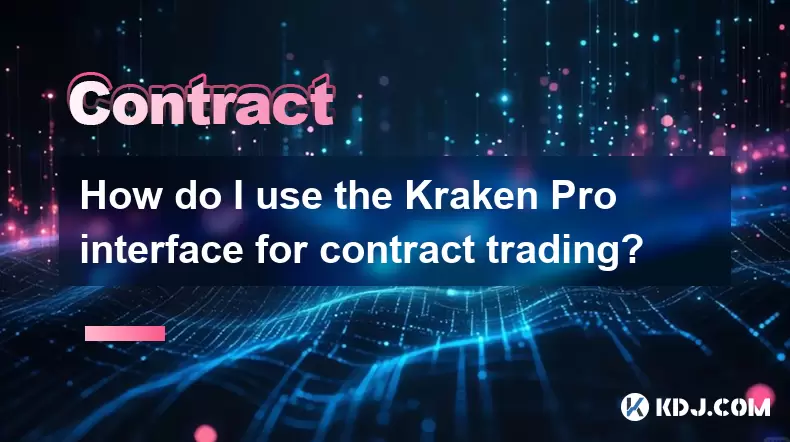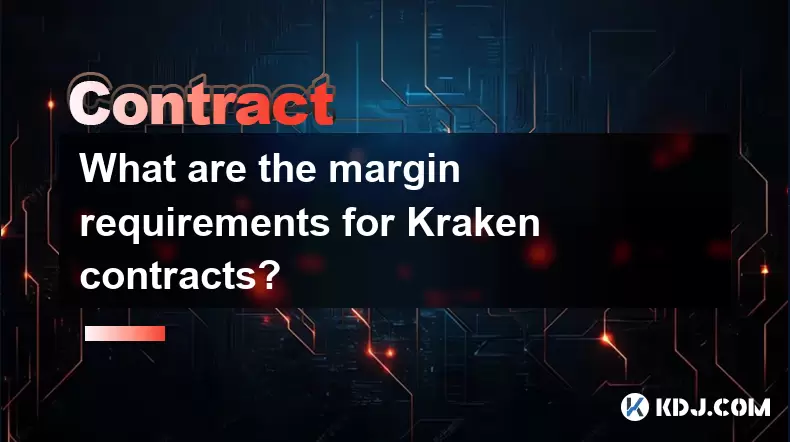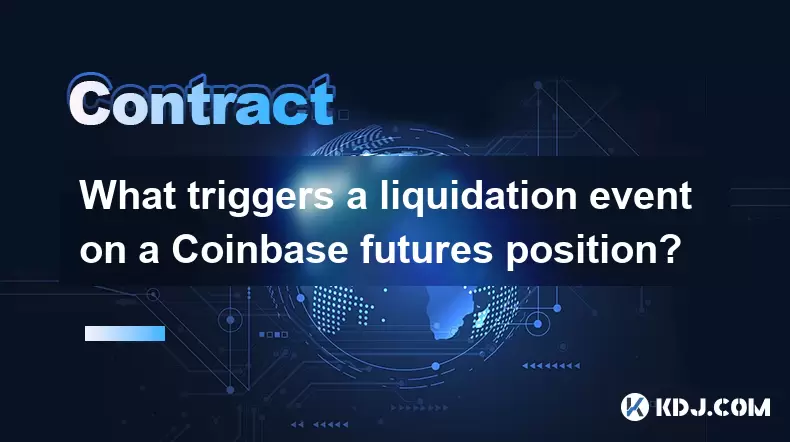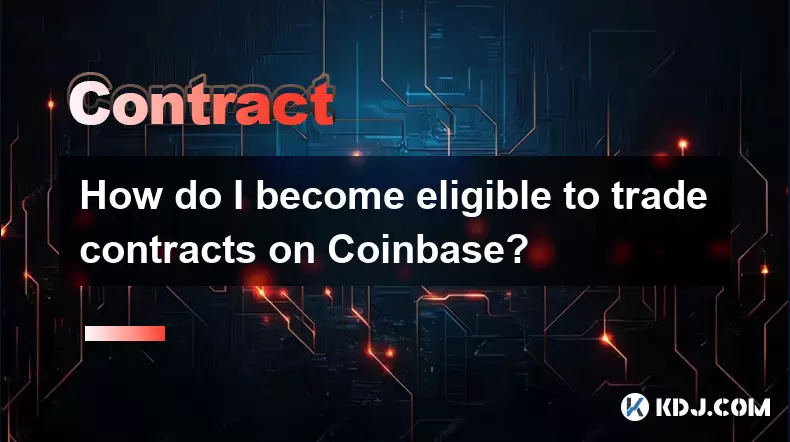-
 Bitcoin
Bitcoin $117300
1.99% -
 Ethereum
Ethereum $3884
5.89% -
 XRP
XRP $3.268
9.33% -
 Tether USDt
Tether USDt $1.000
0.02% -
 BNB
BNB $783.0
1.78% -
 Solana
Solana $173.6
3.51% -
 USDC
USDC $0.9999
0.00% -
 Dogecoin
Dogecoin $0.2193
7.00% -
 TRON
TRON $0.3380
0.30% -
 Cardano
Cardano $0.7769
5.08% -
 Stellar
Stellar $0.4350
9.36% -
 Hyperliquid
Hyperliquid $40.23
5.78% -
 Sui
Sui $3.739
6.95% -
 Chainlink
Chainlink $18.30
9.46% -
 Bitcoin Cash
Bitcoin Cash $581.7
2.11% -
 Hedera
Hedera $0.2577
5.51% -
 Ethena USDe
Ethena USDe $1.001
0.00% -
 Avalanche
Avalanche $23.08
4.23% -
 Litecoin
Litecoin $121.7
2.24% -
 UNUS SED LEO
UNUS SED LEO $8.962
-0.34% -
 Toncoin
Toncoin $3.332
1.36% -
 Shiba Inu
Shiba Inu $0.00001273
3.39% -
 Uniswap
Uniswap $10.35
6.84% -
 Polkadot
Polkadot $3.818
4.01% -
 Dai
Dai $1.000
0.01% -
 Bitget Token
Bitget Token $4.446
2.13% -
 Cronos
Cronos $0.1491
4.96% -
 Monero
Monero $255.4
-9.78% -
 Pepe
Pepe $0.00001099
4.80% -
 Aave
Aave $284.0
8.01%
What is the automatic position reduction mechanism of Bitfinex contracts? How to reduce the risk of being reduced?
Bitfinex's automatic position reduction mechanism closes positions when account equity falls below the maintenance margin, protecting traders and market stability.
May 05, 2025 at 04:01 pm

The automatic position reduction mechanism of Bitfinex contracts is a crucial feature designed to manage risk and maintain the stability of the platform. Bitfinex implements this mechanism to automatically reduce positions when certain conditions are met, primarily to prevent excessive losses and maintain market integrity. Understanding this mechanism and knowing how to minimize the risk of being affected by it is essential for any trader using Bitfinex's futures and perpetual contracts.
Understanding the Automatic Position Reduction Mechanism
The automatic position reduction mechanism on Bitfinex is triggered when a trader's account falls below the maintenance margin requirement. The maintenance margin is the minimum amount of equity that must be maintained in the account to keep the positions open. When the account equity drops below this threshold, Bitfinex will automatically close part or all of the trader's positions to bring the account back within the required margin levels.
This mechanism is designed to protect both the trader and the platform from the risk of negative account balances. By automatically reducing positions, Bitfinex ensures that traders do not incur debts that they cannot cover. It also helps to prevent cascading liquidations that could destabilize the market.
Factors Leading to Position Reduction
Several factors can lead to the automatic reduction of positions on Bitfinex. The most common trigger is a significant adverse price movement that causes the account's equity to fall below the maintenance margin. Other factors include:
- High leverage: Using high leverage increases the risk of position reduction because it amplifies both gains and losses.
- Volatility: High market volatility can lead to rapid price changes, increasing the likelihood of positions being reduced.
- Insufficient margin: Failing to maintain adequate margin in the account can lead to automatic position reduction.
How to Reduce the Risk of Being Reduced
To minimize the risk of being affected by Bitfinex's automatic position reduction mechanism, traders can take several proactive steps. Here are some strategies to consider:
Monitor Margin Levels: Regularly check your account's margin levels to ensure they remain above the maintenance margin requirement. Use Bitfinex's margin calculator to understand how different scenarios might affect your positions.
Use Stop-Loss Orders: Implementing stop-loss orders can help limit potential losses and prevent your account from falling below the maintenance margin. Set these orders at levels that allow for normal market fluctuations but protect against significant adverse movements.
Adjust Leverage: Reduce the leverage on your positions to decrease the risk of automatic reduction. Lower leverage means smaller potential losses relative to your account equity.
Diversify Positions: Avoid concentrating all your funds in a single position. Diversifying across different assets can spread risk and reduce the likelihood of a single adverse move triggering position reduction.
Stay Informed: Keep up-to-date with market news and events that could impact the assets you are trading. Being aware of potential volatility can help you adjust your positions accordingly.
Implementing Stop-Loss Orders on Bitfinex
To implement stop-loss orders on Bitfinex, follow these detailed steps:
- Log into your Bitfinex account and navigate to the trading interface.
- Select the market you want to trade in (e.g., BTC/USD).
- Choose the trading pair and ensure you are in the correct trading section (e.g., Futures or Perpetual Contracts).
- Place your order: Click on the "Order" tab and select "Stop" from the order type options.
- Set the stop price: Enter the price at which you want the stop-loss order to be triggered.
- Set the order size: Specify the amount of the asset you want to sell if the stop price is reached.
- Review and confirm: Double-check all the details of your order, then click "Submit" to place the stop-loss order.
Monitoring Margin Levels on Bitfinex
To effectively monitor your margin levels on Bitfinex, follow these steps:
- Log into your Bitfinex account and navigate to the "Wallet" section.
- Select the "Margin" tab to view your current margin levels.
- Check the "Equity" and "Margin Level": These figures will show you your current account equity and how close you are to the maintenance margin.
- Use the "Margin Calculator": Bitfinex provides a margin calculator tool. Input different scenarios to see how they might affect your margin levels.
- Set up alerts: Consider setting up alerts to notify you when your margin level approaches the maintenance margin threshold.
Adjusting Leverage on Bitfinex
Adjusting leverage on Bitfinex can be done by following these steps:
- Log into your Bitfinex account and navigate to the trading interface.
- Select the market you want to trade in and choose the trading pair.
- Open the "Leverage" settings: This is usually found in the order placement section.
- Adjust the leverage: Use the slider or input box to set your desired leverage level.
- Confirm the change: Click "Apply" or "Confirm" to adjust the leverage on your position.
FAQs
Q: What happens if my position is reduced automatically on Bitfinex?
A: If your position is reduced automatically, Bitfinex will close part or all of your position to bring your account back within the required margin levels. You will receive a notification about the reduction, and any remaining positions will continue to be subject to market fluctuations.
Q: Can I set a custom maintenance margin level on Bitfinex?
A: No, Bitfinex sets the maintenance margin levels for each market, and these cannot be customized by individual traders. However, you can monitor your account's margin levels and adjust your positions accordingly to stay within the required thresholds.
Q: How often should I check my margin levels on Bitfinex?
A: It is recommended to check your margin levels regularly, especially during periods of high market volatility. Setting up alerts can help you stay informed without needing to constantly monitor your account.
Q: Is there a way to avoid automatic position reduction entirely on Bitfinex?
A: While it is not possible to completely avoid automatic position reduction, you can significantly reduce the risk by using the strategies outlined above, such as monitoring margin levels, using stop-loss orders, adjusting leverage, diversifying positions, and staying informed about market conditions.
Disclaimer:info@kdj.com
The information provided is not trading advice. kdj.com does not assume any responsibility for any investments made based on the information provided in this article. Cryptocurrencies are highly volatile and it is highly recommended that you invest with caution after thorough research!
If you believe that the content used on this website infringes your copyright, please contact us immediately (info@kdj.com) and we will delete it promptly.
- Cold Wallet Crypto in 2025: The Future is Now, Ya'll
- 2025-08-08 05:10:13
- MAGACOIN, SOL, and ADA: A Tale of Shifting Tides in Crypto
- 2025-08-08 05:10:13
- SHIB Price, PEPE, and the Memecoin Supercycle: Who Will Reign Supreme?
- 2025-08-08 05:50:12
- Pudgy Penguins Price Prediction: Google Trends & Breakout Signals
- 2025-08-08 05:50:12
- UAE Crypto Regulation: SCA and VARA Unite to Streamline the Future of Digital Assets
- 2025-08-08 05:55:48
- MAGACOIN Finance: The Presale Phenomenon Rocking the Crypto World
- 2025-08-08 05:55:48
Related knowledge

Are there any fees for futures settlement on OKX?
Aug 08,2025 at 05:35am
Understanding Futures Settlement on OKXFutures settlement on OKX refers to the process by which open futures contracts are automatically closed or mar...

How to use the OKX margin calculator for futures?
Aug 08,2025 at 05:15am
Understanding the OKX Margin Calculator for FuturesThe OKX margin calculator is a specialized tool designed to assist traders in estimating the requir...

How do I use the Kraken Pro interface for contract trading?
Aug 08,2025 at 05:00am
Understanding the Kraken Pro Interface for Contract TradingThe Kraken Pro platform is designed for advanced traders who require speed, precision, and ...

What are the margin requirements for Kraken contracts?
Aug 08,2025 at 05:42am
Understanding Margin in Kraken Futures TradingWhen engaging in futures trading on Kraken, traders must understand that margin is the collateral requir...

What triggers a liquidation event on a Coinbase futures position?
Aug 08,2025 at 01:15am
Understanding Futures Contracts on CoinbaseFutures contracts on Coinbase allow traders to speculate on the future price of a cryptocurrency, such as B...

How do I become eligible to trade contracts on Coinbase?
Aug 08,2025 at 04:42am
Understanding Contract Trading on CoinbaseContract trading on Coinbase refers to the ability to trade derivative financial instruments such as futures...

Are there any fees for futures settlement on OKX?
Aug 08,2025 at 05:35am
Understanding Futures Settlement on OKXFutures settlement on OKX refers to the process by which open futures contracts are automatically closed or mar...

How to use the OKX margin calculator for futures?
Aug 08,2025 at 05:15am
Understanding the OKX Margin Calculator for FuturesThe OKX margin calculator is a specialized tool designed to assist traders in estimating the requir...

How do I use the Kraken Pro interface for contract trading?
Aug 08,2025 at 05:00am
Understanding the Kraken Pro Interface for Contract TradingThe Kraken Pro platform is designed for advanced traders who require speed, precision, and ...

What are the margin requirements for Kraken contracts?
Aug 08,2025 at 05:42am
Understanding Margin in Kraken Futures TradingWhen engaging in futures trading on Kraken, traders must understand that margin is the collateral requir...

What triggers a liquidation event on a Coinbase futures position?
Aug 08,2025 at 01:15am
Understanding Futures Contracts on CoinbaseFutures contracts on Coinbase allow traders to speculate on the future price of a cryptocurrency, such as B...

How do I become eligible to trade contracts on Coinbase?
Aug 08,2025 at 04:42am
Understanding Contract Trading on CoinbaseContract trading on Coinbase refers to the ability to trade derivative financial instruments such as futures...
See all articles

























































































